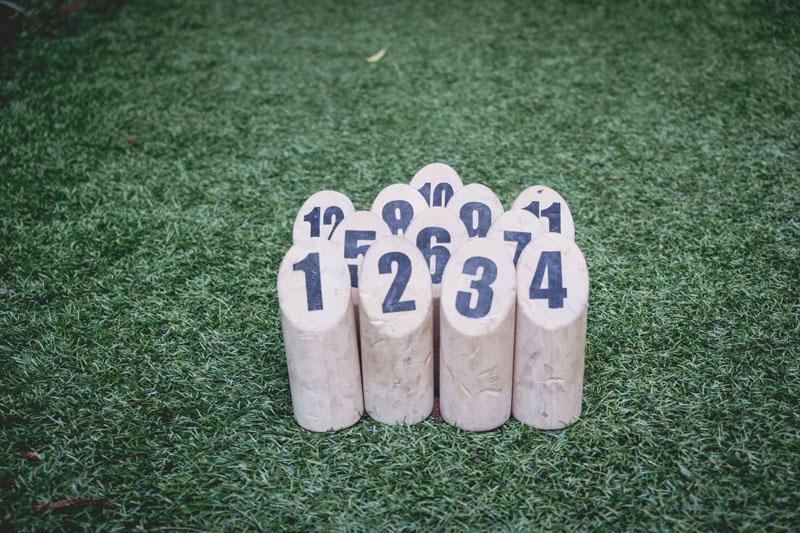Data Wrap - Unemployment rises further, winter crop forecast downgraded

In this issue of the Data Wrap we explore the latest developments in respect of South Australia's labour market performance, winter crop prospects, and residential property prices.
South Australian unemployment rate confirmed as highest in the nation
South Australia’s trend unemployment rate rose by 0.2 percentage points to 6.8 per cent in August 2019, according to ABS Labour Force Survey data released yesterday. In comparison, the national unemployment rate rose by 0.1 percentage points to 5.3 per cent.
South Australia’s trend unemployment rate in August was the highest of any state and territory. The other states with relatively high unemployment rates were Tasmania (6.6 per cent) and Queensland (6.4 per cent).
As we noted earlier in the week, the recent increase in South Australia’s unemployment rate has been primarily driven by more people looking for work rather a deterioration in employment, and this pattern continued in August. The trend participation rate rose by 0.1 percentage points to 63.7 per cent in August, its highest level since February 2009.
However, a slowdown in the rate of employment growth has also placed upward pressure on the unemployment rate. In the three months to August 2019 total employment barely rose, whereas in the three months to May 2019 it rose by 0.5 per cent. Hence the current rate of job creation is not sufficient to keep pace with population growth.
A notable feature of South Australia's recent labour market performance is that females have fared much better than males. This trend persisted in August, with total male employment falling by 1,200 persons, whereas total female employment rose by 1,400 persons. The male unemployment rate rose to 7.5 per cent, to be well above the female unemployment rate of 6.0 per cent, which also rose slightly.
In spite of the recent rise in unemployment for South Australia there are some positives beyond the marked improvement in labour force participation. Total employment rose solidly over the past year despite the recent slowdown in job formation (up 1.5 per cent), while gains in full-time employment over this period (up 1.5 per cent) have also been retained. The employment-to-population ratio (59.4 per cent) also remains near its more than six year high. However, a recovery in employment growth will ultimately be needed to both prevent the employment-to-population ratio from sliding further and stabilise the unemployment rate.
Winter crop forecast downgraded while water allocations raised further
Winter crop production for South Australia has been revised down in the latest crop report from ABARES. South Australian winter crop production is forecast to be 6.6 million tonnes in 2019/20, which is 834,000 tonnes (-11 per cent) lower than the previous estimate published in June. The downgrade not only reflects average to below average winter rainfall, but also expectations that spring will be drier than normal.
However, overall production is still expected to rebound after very poor growing conditions in 2018/19 depressed production. The forecast level of production for 2019-20 is 25 per cent higher than the previous year, but 11 per cent below the average level of the last decade.
The national forecast reflects similar dynamics. ABARES estimates that total winter crop production for Australia in 2019/20 will be 33.9 million tonnes, 11 per cent higher than the previous year, but 6.9 per cent lower than was projected in June.
Meanwhile, the short-term outlook for South Australian irrigators has improved with the minimum water allocation for 2019-20 being raised to 81 per cent on 16 September. Although the seasonal outlook points to drier than average conditions for the remainder of the year, water availability projections suggest that allocations are likely to reach 100 per cent. However, in the absence of a marked improvement in seasonal conditions, the recent pattern of well below average inflows for the River Murray System has negative implications for water allocations at the start of the 2020-21 water year.
Adelaide residential property prices contract for second consecutive quarter
Adelaide residential property prices continued to slide in the June quarter, falling by 0.6 per cent, after a 0.2 per cent decrease in the March quarter. Property prices at the national level fell by a similar magnitude in the June quarter (0.7 per cent), according to the latest figures from the ABS.
Residential property prices in Adelaide have held up better compared to broader national performance. Property prices in Adelaide have fallen for two consecutive quarters now whereas they have fallen for six consecutive quarters nationally. Furthermore, through the year to the June quarter 2019 property prices in Adelaide were down just 0.1 per cent, whereas prices for the eight capital cities were down 7.4 per cent.
The fall in national property prices over the past year was led by large falls in Sydney (-9.6 per cent) and Melbourne (-9.3 per cent). There were also significant declines for Darwin (-5.0 per cent), Perth (-3.9 per cent) and Brisbane (-2.7 per cent). Only Hobart recorded an increase in property prices (2.0 per cent).
To receive email updates when new articles are posted to the SACES Economic Policy Forum blog, please subscribe here.
